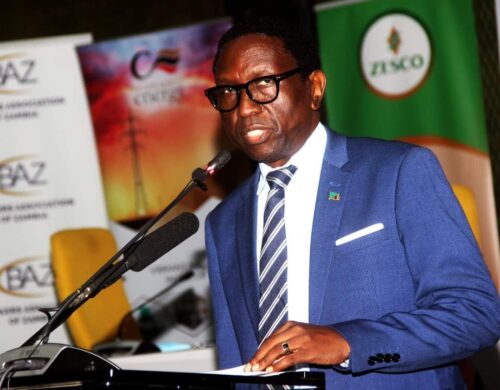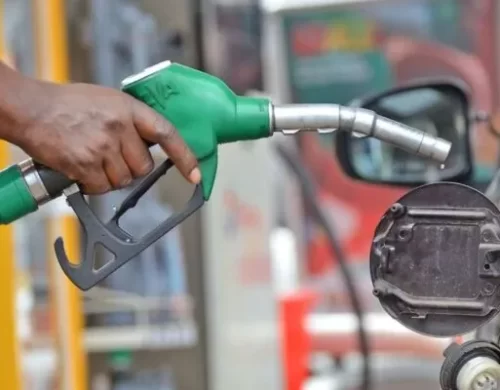Government through the ministry of agriculture has projected to produce 10 million tons of maize by 2027 from the current from the current about 3.5 metric tons of maize production.
The 10 million metric tons maize production target by the said year is however questionable as Governmnet has not yet fully dealt with key issues that are affecting the country’s maize production as the sector still needs more funding.
Speaking in an exclusive interview with the Zambian Business Times – ZBT, Ministry of Agriculture Permanent Secretary Green Mbozi however said that the 10 million metric tons projection of maize production by 2027 will be a gradual process because to increase production, government will have to first deal with the issues that are currently affecting productivity.
Mbozi said that to hit the projected 10 million target by 2027, government will have to hit 5 million target this year.
“The projection for 10 million metric tons of maize is up to 2027. We would want to reach probably between 4 to 6 million this year, then by 2026, we go to 7, 8 million and then by 2027 we reach 10 million. It’s a gradual process because to increase production, you have to deal with issues of productivity that is how many metric tons you produce per hector, you have to enhance farmers knowledge of agronomic issues such as taking adherence to agronomic practices, weeding early planting and applying the right quantities of fertilizers, that type of thing. If we have to reach 10 million metric tons by 2027, we have to hit probably the 5 million mark this year. So for us to increase, maybe we need to start supplementing the rainfall with irrigation among small scale farmers because it’s becoming erratic because of climate change and because we get most of our production from small scale farmers,” he said.
“We also have to start bringing in the commercial farmers whose yields are higher than the small scale farmers. We can also get a lot of yields from the commercial farmers. Already that is being addressed by making the producer price attractive. So we will have the commercial farmers who will be able to produce up to 10, metric tons or even more per hector. So that will be a process, it cannot be achieved in a year,” said Mbozi.
Mbozi noted that should the country have the conditions that prevailed last year such as prolonged droughts and floods, it is possible that projections will be affected because at the moment, government is still relying on rain fed production than irrigation.
He added that projections will become more realistic if government starts investing more in irrigation.
He therefore encouraged Individuals who have the capacity to start water harvesting to do so by putting up dams in their farms.
“From the past 3.2 million metric tons produced las year. It could have been higher but again if you remember there were prolonged droughts and floods. We could have reached 4 million. So those are the issues. We can make a projection but I think, the projections are based on assumptions that we will have a relatively normal rainfall. Should we have conditions that prevailed last year such as prolonged droughts and floods, It is possible that again that our projections will be affected because at the moment we are relying on rain fed production than irrigation. So as we move forward if we start investing more in irrigation, our projections will become more realistic because we will have most of these predictions in our hands than relying on the rainfall,’’ he said.
“Well for rain harvesting first of all we have to have the rains? Where are the rains? We can only harvest if it’s raining and to harvest rain you need to have to create water bodies such as dams, so that when it rains, that water collects in those dams which you can then use after the rains. So the water harvesting is easier to talk about and we are talking about it but we still require a lot of things for us to start the process. We encourage Individuals who have the capacity to start water harvesting by putting up dams in their farms. but going forward that the way we are looking at it. Currently there is water harvesting but not at a larger scale. For it to make an impact we need to do quite a lot in terms of making investments n both private and public investment. At the moment we are focusing on mechanization so that people within the shortest possible time when it rains, they can cultivate as much land as possible as a way of improving production and productivity,” said Mbozi.



